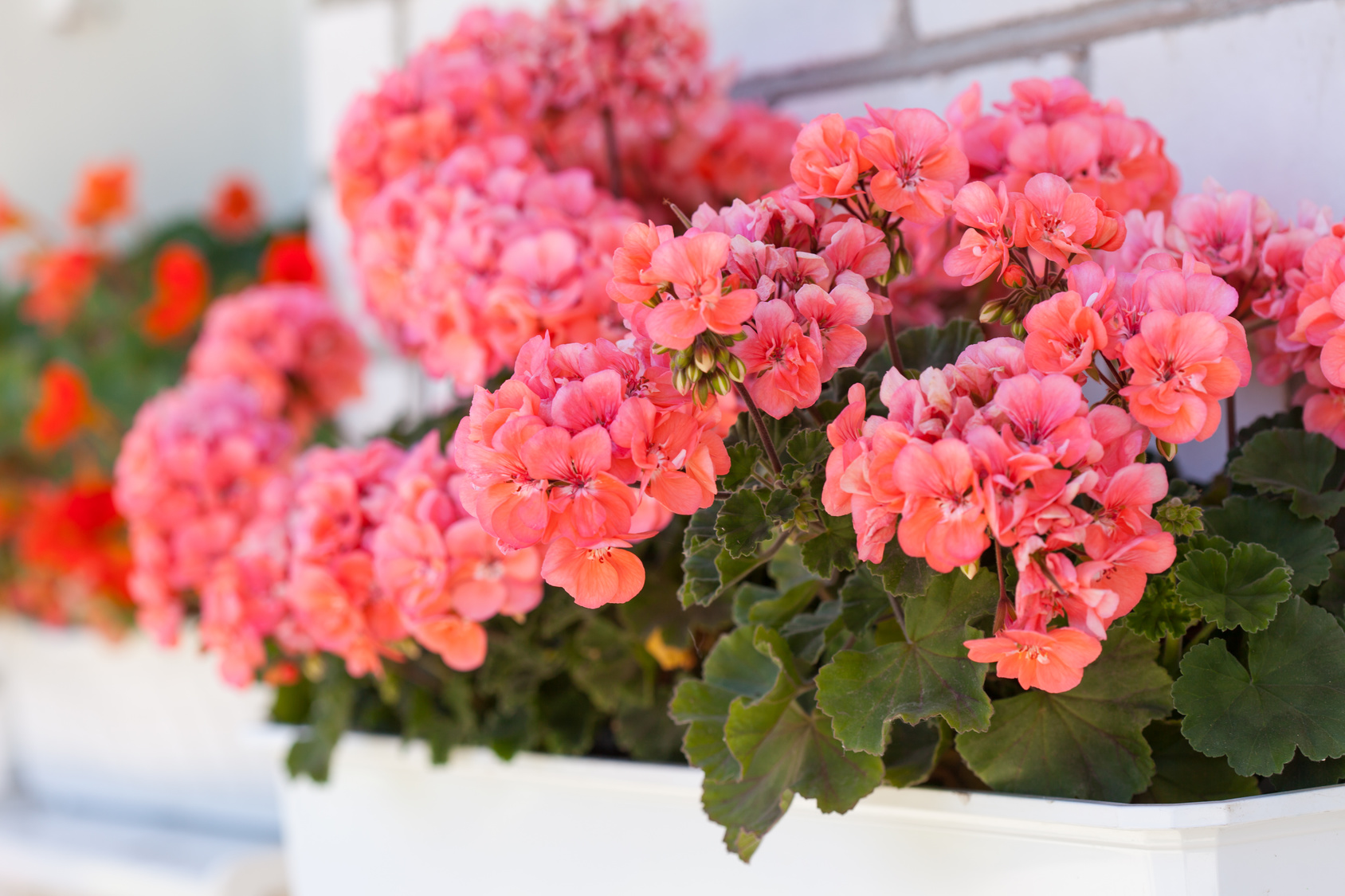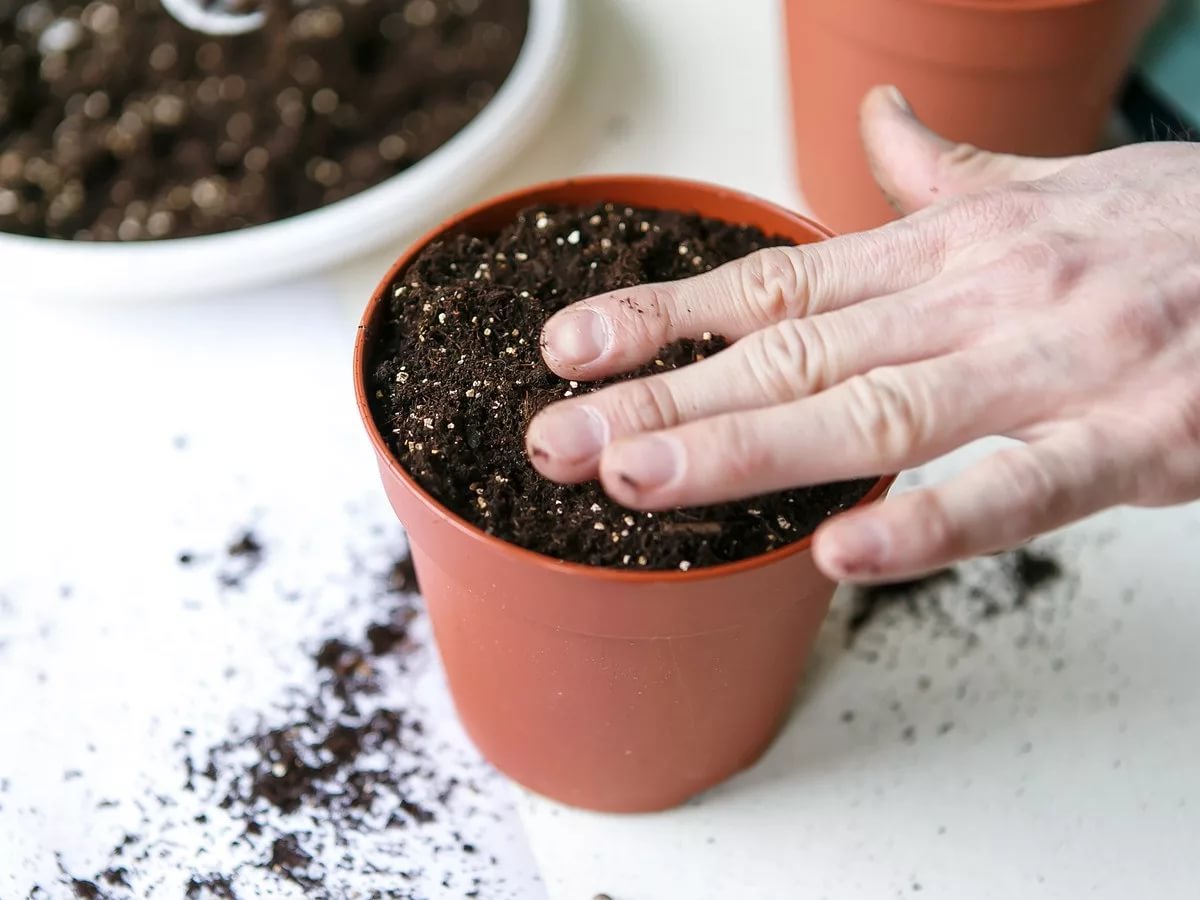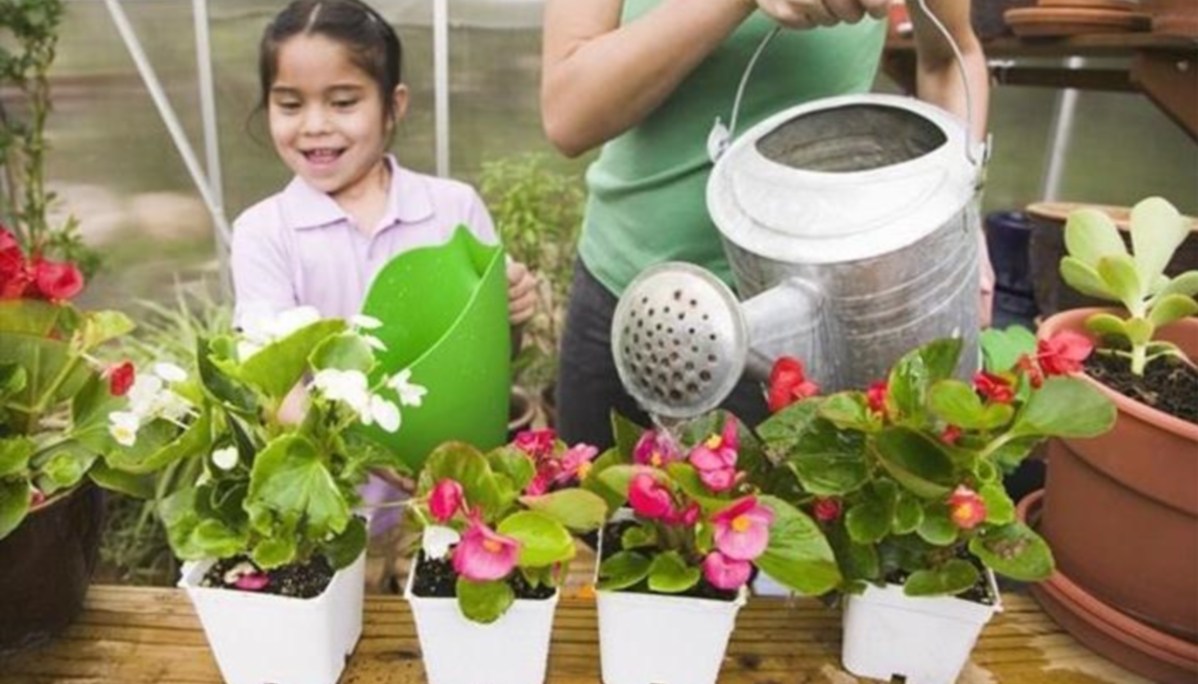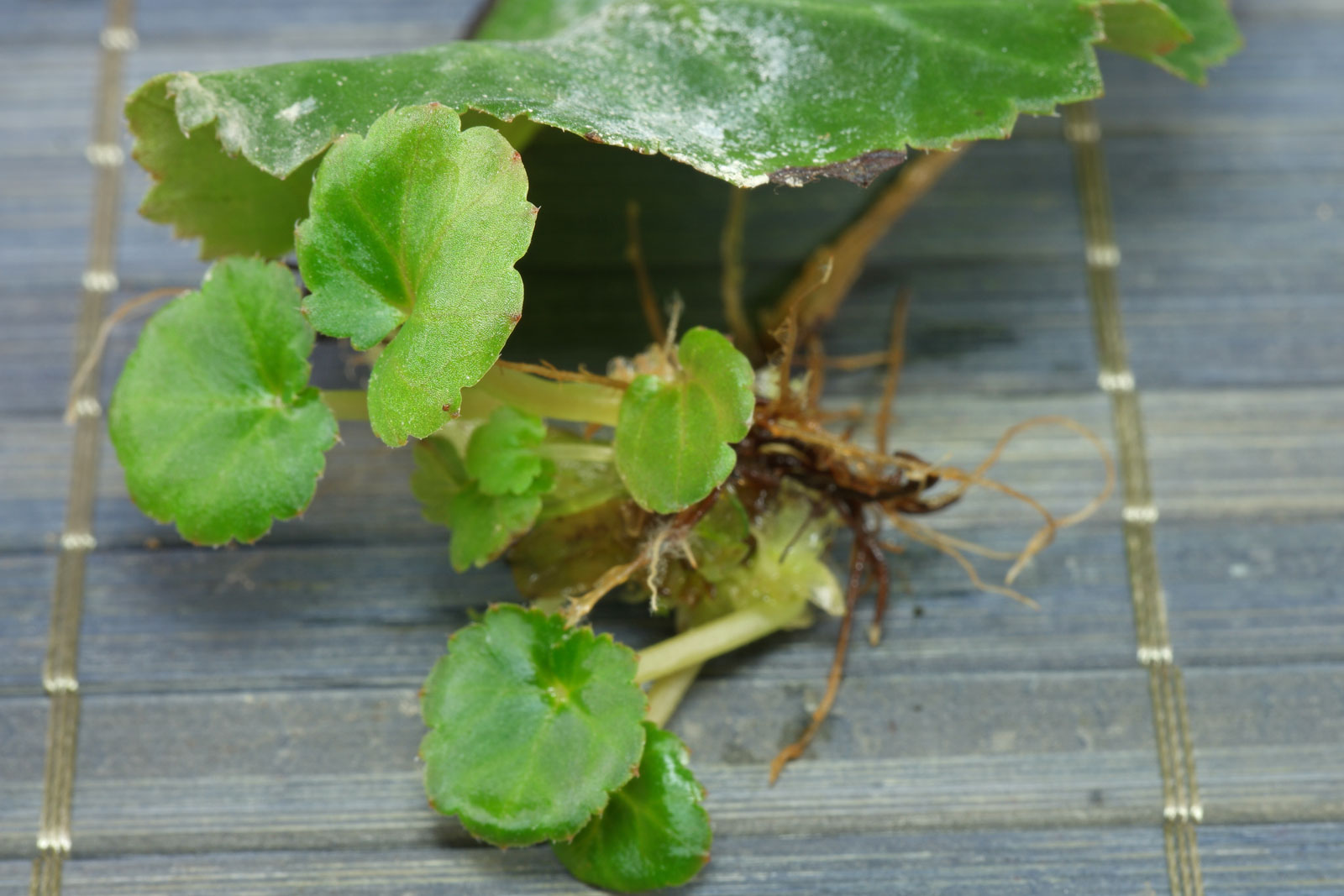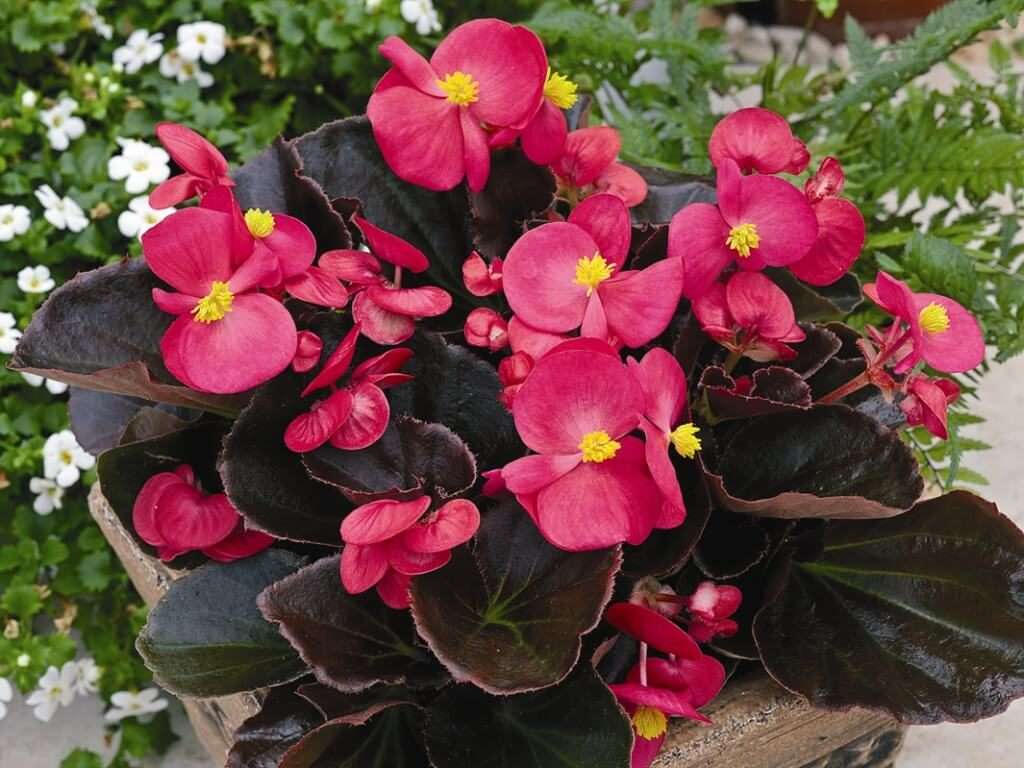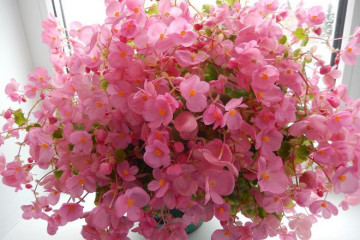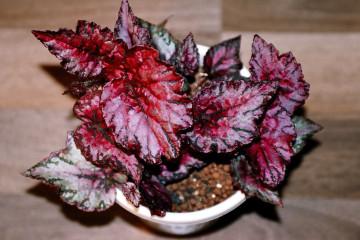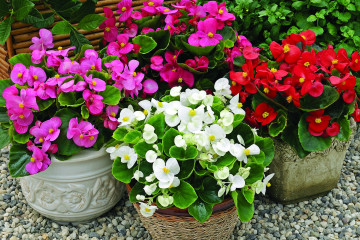Elatior begonia flower - home care
Content:
In nature, only six types of begonia (Begonia) are known, which, moreover, are quite similar to each other. Over time, more than 1000 diverse varieties have been bred. Elatior begonia stands out among them. This type is especially often chosen for room decor, installed on a windowsill for landscaping. They buy this houseplant because of the lush flowering, during this period the bush turns into a real bouquet.
Description of the begonia elatior plant: known varieties and their characteristics
The begonia variety Elatior Baladin is also called winter, since the plant is resistant to temperature extremes. Plus, the flower does not change its characteristics in the winter season: the castings remain the same green, flowering may even occur.
Description of the presented variety:
- begonia Baladin - a hybrid, which is a bush with powerful (thick) stems of a red hue;
- the root system is branched and almost symmetrical to the aerial part of the plant;
- small or medium-sized flowers with delicate semicircular petals. Lush buds. Usually the flower is yellow;
- the leaf is dense with jagged edges, it can be smooth or soft to the touch. On one bush there are dark green and light green crown specimens.
Many growers, in terms of external characteristics, compare begonia with a mini-rose. The advantage of such a plant in comparison with the "queen of flowers" is the duration of flowering, twigs without thorns and ease of care.
How to provide proper care at home
Begonia Elatior takes care at home well. There are several special nuances that should be considered when growing a flowering bush:
- closely monitor watering. You can not flood the flower, but begonia will not normally tolerate drought;
- you need to choose the right window sill, on which the normal degree of lighting and temperature will be formed;
- it is advisable to periodically fertilize the soil and choose the initially ideal mixture for planting.
Additionally, you need to monitor the condition of the bush and flowers, since begonia is frequently attacked by insects and "clings" to various diseases.
Soil selection and feeding
The pot must have a drainage layer at the very bottom. The soil itself is a mixture of moss, deciduous earth and perlite in a 1: 1: 1 ratio. The soil must be disinfected and well drained, the acidity is medium.
To maintain flowering for a long time, and the bush remains lush and strong, you need to feed it once every 2 weeks. You can use organic, potash fertilizers or special substrates.
When to replant after purchase
Begonia does not tolerate changing the flowerpot very well, therefore, it is advisable to transplant the purchased sprout into another container at the moment when the flower reaches the age of one year. If possible, it is better to leave it in the purchased container. Then all that remains is to feed the soil.
Rules for watering and maintaining humidity
You need to take care of the flower not only correctly, but also on time. You need to set a watering schedule. Approximately, the procedure needs to be carried out 1 time in 3 days. In general, watering should be done immediately after the soil in the pot has dried.
Do not leave water in the tray under the pot so that the liquid does not stagnate. This can affect the condition of the plant's root system. You can not spray the bush with a spray bottle. It is better to put a container of water next to the flowerpot to humidify the air near the begonias.
Temperature and lighting
The house is a wonderful shelter for begonias from negative external influences. This mainly concerns direct sunlight, which can cause problems with the leaves. At the same time, it is better to install the flower on the eastern window sills. It is strictly forbidden to put flowerpots on windows that face north or south.
Begonia is very fond of warmth and reacts negatively to low temperatures, but at the same time it can withstand low thermometer readings. The normal temperature is 18-25 ° C.
How and under what conditions it blooms
Under standard conditions, flowering will continue for 10 months. But, if you create ideal conditions for growth and development, then begonia will bloom almost all year round. To support this process, you need to remove wilted buds.
The plant throws out a long stem, on which several buds are formed, forming an inflorescence. Each flower begins to bloom after the previous one fades. Thus, the wilting of the branch is completed after the buds have completely faded.
Recommendations for breeding at home
Begonia can be propagated in three ways: by cuttings, seeds and leaves:
- if you do not remove the faded concrete, then in the future they will dry out, a box will form in the place of the flower, in which there will be seeds. But this breeding option is quite problematic, since it is difficult to germinate seeds. Begonia does not propagate through the formation of shoots from the root;
- stalk is the best option for breeding begonias. It is necessary to wait until it completely fades. It is advisable to cut off the shoot at the end of winter so that it will take root in the spring. Further, the formation of the root and planting are carried out;
- according to the principle of cuttings, propagation by a leaf occurs.
The choice should be made in accordance with the conditions of the plant and the gardening skills of the florist.
By cut or leaf
In February, cuttings can be made as follows:
- Cut off the top of the twig, which has at least three leaves.
- Treat the cut with a special disinfectant.
- Put in a glass of water for a few days.
- When the rudiments of the root system appear, plant the twig in a pot of sand.
As for the leaflet, a slightly different scheme is used here:
- Cut off the top large sheet.
- Make longitudinal cuts on it.
- Place in a container with soil and cover halfway with soil.
- Cover the flowerpot with plastic wrap, creating a greenhouse.
When the leaf sprouts, you need to start gradually opening the greenhouse to adapt the sprout to the external environment.
Seed propagation
Seed propagation is done as follows:
- After the seed pod has dried, it must be opened.
- Collect seeds.
- Make small holes or grooves in the planting container.
- Moisten the ground with a spray bottle.
- Place 1-3 seeds.
- Cover the planting material with soil.
Features of keeping in the open field
Open ground is not suitable for Elatior. The plant loves a constant temperature. At night, you will have to cover the bushes with a cap if they are planted in the garden. He doesn't like the wind very much, so in windy weather, you need to use a protective cap again. The flower must be constantly “protected” from pests and insects.
It is more difficult to care for begonias outdoors, especially if it is intended for landscaping balconies and window sills. Therefore, it is not even advisable to take out flowerpots with a bush into the garden.
Begonia is a beautiful medium-sized bush that blooms luxuriantly almost all year round. To grow a beautiful flower at home, you need to organize full care of the plant. Particular attention should be paid to watering, lighting and temperature. Florists believe that in order to grow a gorgeous begonia, you need not just take care of it, but make friends with a flower.

